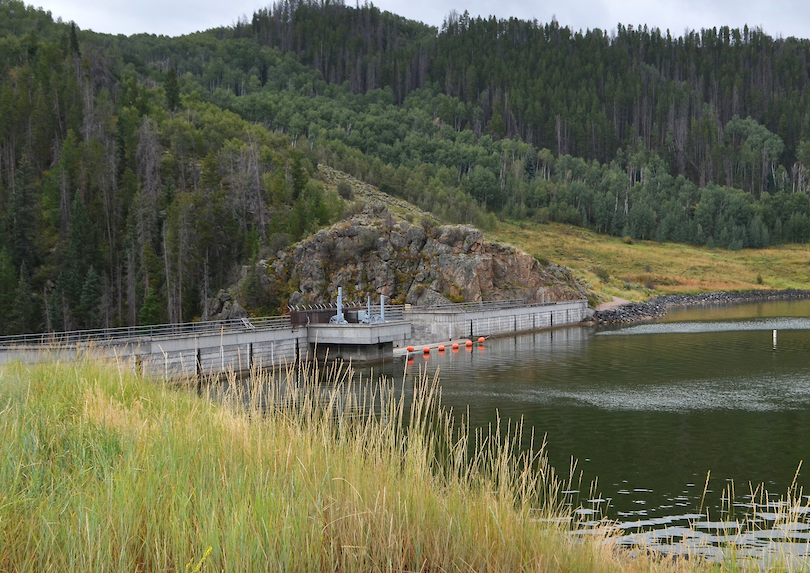Natural Systems Modifications
Page Content

Why Are Natural Systems Modifications a Challenge?
Byproducts of human development and maintenance often involve the conversion or degradation of natural systems, inadvertently disrupting important ecological processes.
What Are Some Examples?
Fire and fire suppression: inappropriate fire management, escaped controlled fires, arson.
Dams and water management/use: dam construction and operation, surface water diversion, groundwater pumping.
Other ecosystem modifications: mowing grass, tree thinning.
What Are The Effects?
A century of fire suppression has put historic fire regimes out of balance; trees become denser and fuels accumulate in the understory, or lower brush, resulting in fires that burn hotter and faster.
Frequent and intense fires can sterilize soil and result in erosion.
Dams can negatively affect the timing, volume and temperature of water flows, and subsequently the surrounding riparian habitats and wildlife that are dependent on these water systems.
Dams present barriers to fish movement and complicate conditions for survival.
Mismanaged water systems can negatively impact aquatic and riparian species dependent upon the seasonal timing of specific water conditions.
What Are Some Of The Things CPW Is Doing?
 Streamflow modifications accompanying settlement in the 19th and 20th centuries decimated Colorado’s river otter. CPW began reintroducing this iconic species into riparian habitats along the Western Slope in the 1970s. Survey and monitoring efforts have indicated that the species is now re-established in many drainages in Colorado.
Streamflow modifications accompanying settlement in the 19th and 20th centuries decimated Colorado’s river otter. CPW began reintroducing this iconic species into riparian habitats along the Western Slope in the 1970s. Survey and monitoring efforts have indicated that the species is now re-established in many drainages in Colorado.
Colorado’s Columbian sharp-tailed grouse thrives in the dry and diverse shrub communities present in the sagebrush ecosystem. However, a century of fire suppression has allowed tall woody vegetation to become overgrown and crowd out critical brush habitat. CPW works with federal agency partners to restore this species to their historic range. Collaborative translocation efforts work to place, monitor and evaluate grouse communities in order to inform conservation and management practices in the future.
The San Luis Valley is the main fall and spring migration stop for the Rocky Mountain greater sandhill crane. Groundwater pumping for urban and agricultural use has contributed to the disappearing marshes and wet meadows that characterize this area. CPW is working with private landowners in the valley to promote wetland conservation in an effort to preserve this important habitat.

